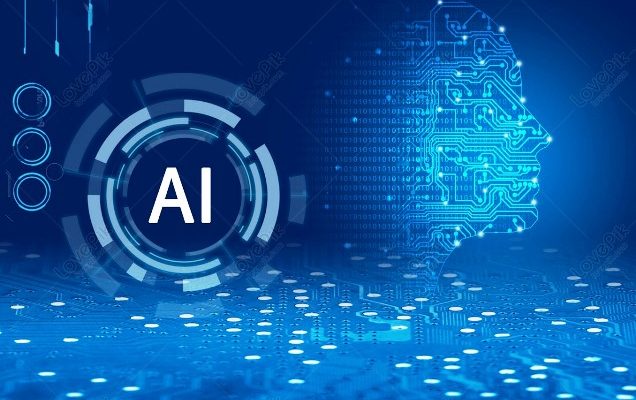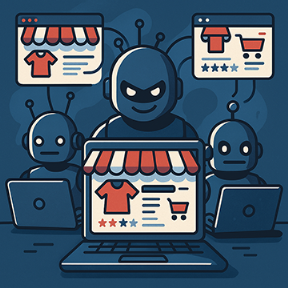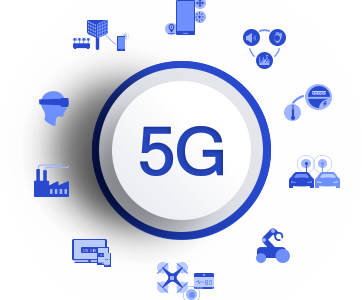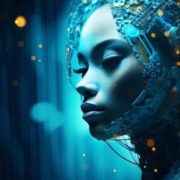By Jawahar Lalla
I am highly mesmerized with AI & its power to disrupt & revolutionize the whole mankind businesses and industries in coming years.
Will it be worthy or debauched for mankind and for all of us is to watch and see.
RELATED: OpEd: Is AI diabolical or a blessing?
First came industrial revolution, followed by technology revolution, then came digital revolution and now comes AI revolution.
Today priciest product money-making merchandise is our data.
Most of the technology players and world class websites developers are using our data to figure out our personal & individual choices, the way we behave, dress, eat and even where are we currently thru Google maps.
Some of well-known AI Generative powered tools are Chat GPT, Google Bard, Bing, Hugging Chat, Dall E, Mid journey etc.
Since its launch, AI Technology impression has been all over social media.
With each passing day, AI continues to stun the world with its endless capabilities.
AI tools can generate or write books articles, blogs, resumes, movies stories, create images, play with our videos ,audios and much more.
AI has emerged as a critical component in the development of the Meta verse, a virtual world where people can interact with each other, and digital entities in a fully immersive environments.
The new DragGAN AI photo editor is direct competing with our old Photoshop.
AI was instrumental in making Hollywood movie Matrix.
When we use Google maps , Siri, Alexa, facial recognition to unlock our phones, predictive texts, these are some of the examples where we already use AI in our daily life and we aren’t aware.
When Uber calculates our taxi rides keeping the parameter’s like routes, time taken, traffic congestion, demand patterns, and passenger preferences it’s AI.
Self-Driven Taxis are AI powered.
What is AI???
Artificial Intelligence has been developed as a transformative technology, revolutionizing various people, applications, businesses & industries globally.
From augmenting decision-making processes to automating complex tasks.
AI refers to the simulation of human intelligence in machines that are programmed to mimic cognitive abilities such as learning, problem-solving, and decision-making.
It encompasses various subfields, including machine learning, natural language processing, computer vision, and robotics.
By analyzing vast amounts of data, AI algorithms can identify patterns, extract insights, and perform tasks that traditionally required human intelligence.
There are several types of AI available in the market today, each designed to solve specific problems and cater to different applications.
Narrow AI:
Also known as Weak AI, narrow AI is designed to perform specific tasks and excel in a limited domain. Examples include voice assistants like Amazon’s Alexa and Apple’s Siri, which can understand and respond to user queries but are not capable of general human-level intelligence.
Machine Learning (ML):
ML is a subset of AI that focuses on algorithms and statistical models to enable computers to learn from data and make predictions or decisions without being explicitly programmed. It has applications like image recognition, natural language processing, and recommendation systems build within.
Deep Learning:
Deep Learning is a subfield of ML that utilizes artificial neural networks inspired by the human brain. These networks have multiple layers of interconnected nodes (neurons) that process data and extract complex patterns. Deep learning has been particularly successful in areas such as image and speech recognition.
Reinforcement Learning:
Reinforcement Learning involves training an AI agent to make a series of decisions or take actions within an environment to maximize its performance. Reinforcement learning has found applications in robotics, gaming, and autonomous systems.
Natural Language Processing (NLP):
NLP focuses on enabling computers to understand, interpret, and generate human language. It encompasses tasks like language translation, sentiment analysis, Chabot’s, and text summarization.
Computer Vision:
Computer Vision deals with enabling computers to extract information and understand the content of visual data, such as images and videos. It involves tasks like object detection, image recognition, facial recognition, and image segmentation..
Robotics:
AI-powered robots combine various AI techniques to interact with their environment, perceive sensory input, and make autonomous decisions. Robotic systems are used in manufacturing, healthcare, agriculture, and exploration, among other fields.
Expert Systems:
Expert systems are AI systems designed to mimic human expertise in specific domains. Expert systems find applications in areas like medical diagnosis, financial analysis, and customer support.
Text Generation Tools:
These tools utilize natural language processing (NLP) models to generate coherent and contextually relevant text.
Image Generation Tools:
Image generation tools employ generative adversarial networks (GANs) or variation auto encoders (VAEs) to create realistic or artistic images.
Music Generation Tools:
These tools leverage deep learning techniques, such as recurrent neural networks (RNNs) or transformer models, to compose new musical pieces.
Video Generation Tools:
Video generation tools use deep learning architectures, such as GANs or autoregressive models, to generate new video content.
Design and Art Tools:
These tools combine generative models with design principles to assist in creating artwork, graphic designs, logos, and other visual assets.
Game Development Tools:
Generative AI power tools for game development help in generating game levels, characters, landscapes, or procedural content. They can automate certain aspects of game design and provide unique experiences for players.
Applications of AI in various market verticals:
Healthcare:
AI aids in disease diagnosis, drug discovery, personalized medicine, and streamlining administrative tasks.
Finance:
AI-powered algorithms enhance fraud detection, automate risk assessment, optimize investment strategies, and improve customer service.
Retail:
AI enables personalized shopping experiences, demand forecasting, inventory management, and efficient supply chain management.
Manufacturing:
AI optimizes production lines, predicts equipment failures, and enhances quality control.
Transportation: AI powers autonomous vehicles, traffic management systems, predictive maintenance, and route optimization.
Education:
AI facilitates personalized learning, intelligent tutoring systems, and automated grading.
As I conclude I want statutory authorities to bring Industry regulation and processes to be followed in AI developments. As AI continues to advance, its potential to revolutionize industries and improve the human experience remains boundless, paving the way for a future where intelligent machines collaborate seamlessly with humans. One caution here if AI is used in war weapons and drones it could be precise and can kill and destroy civilians and defence official’s.
Note: Specific small part of this article is AI driven to display the easiness ‘in writing articles.

Jawahar Lalla, Consulting Director at Self Service Products & IT Consulting Company

































